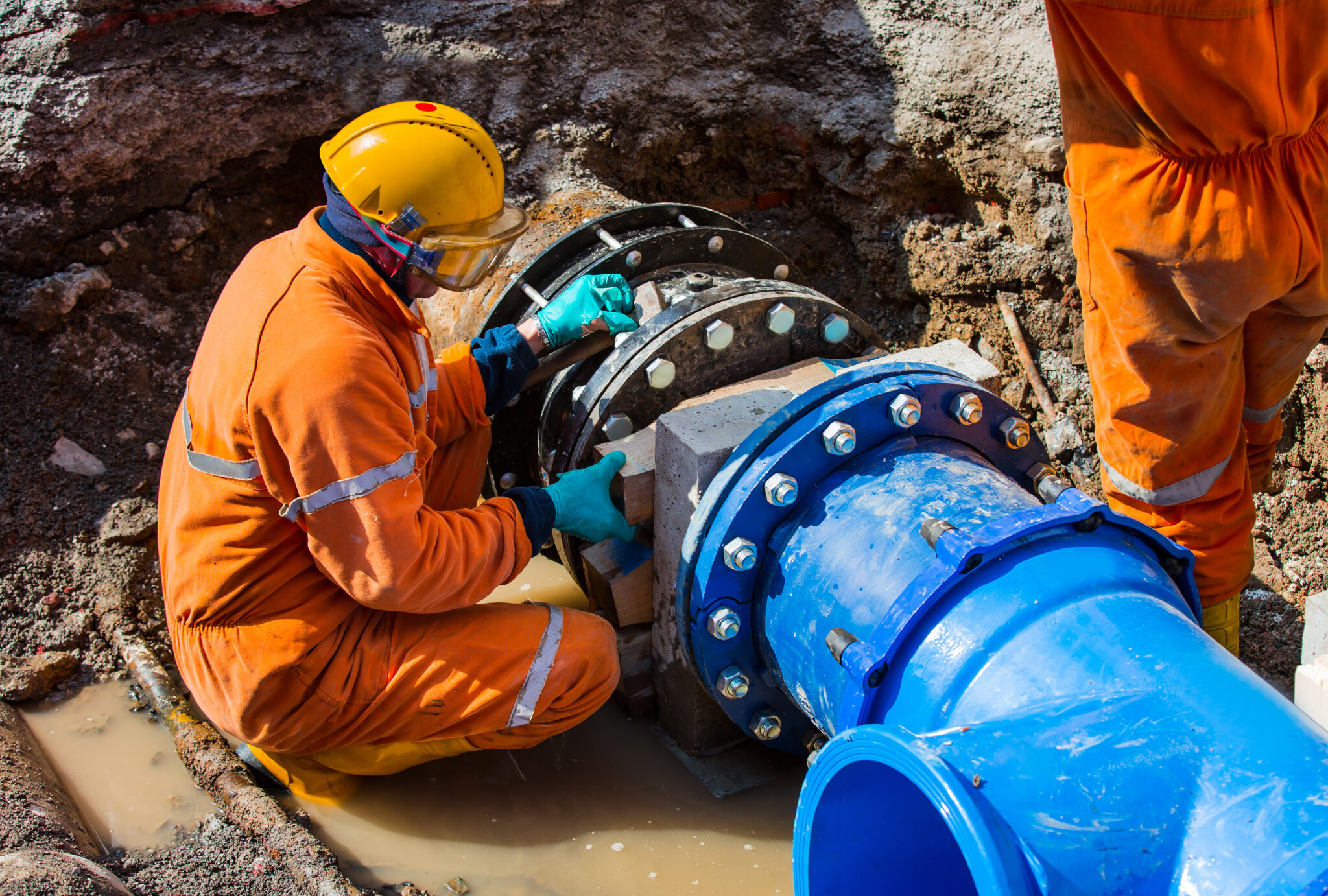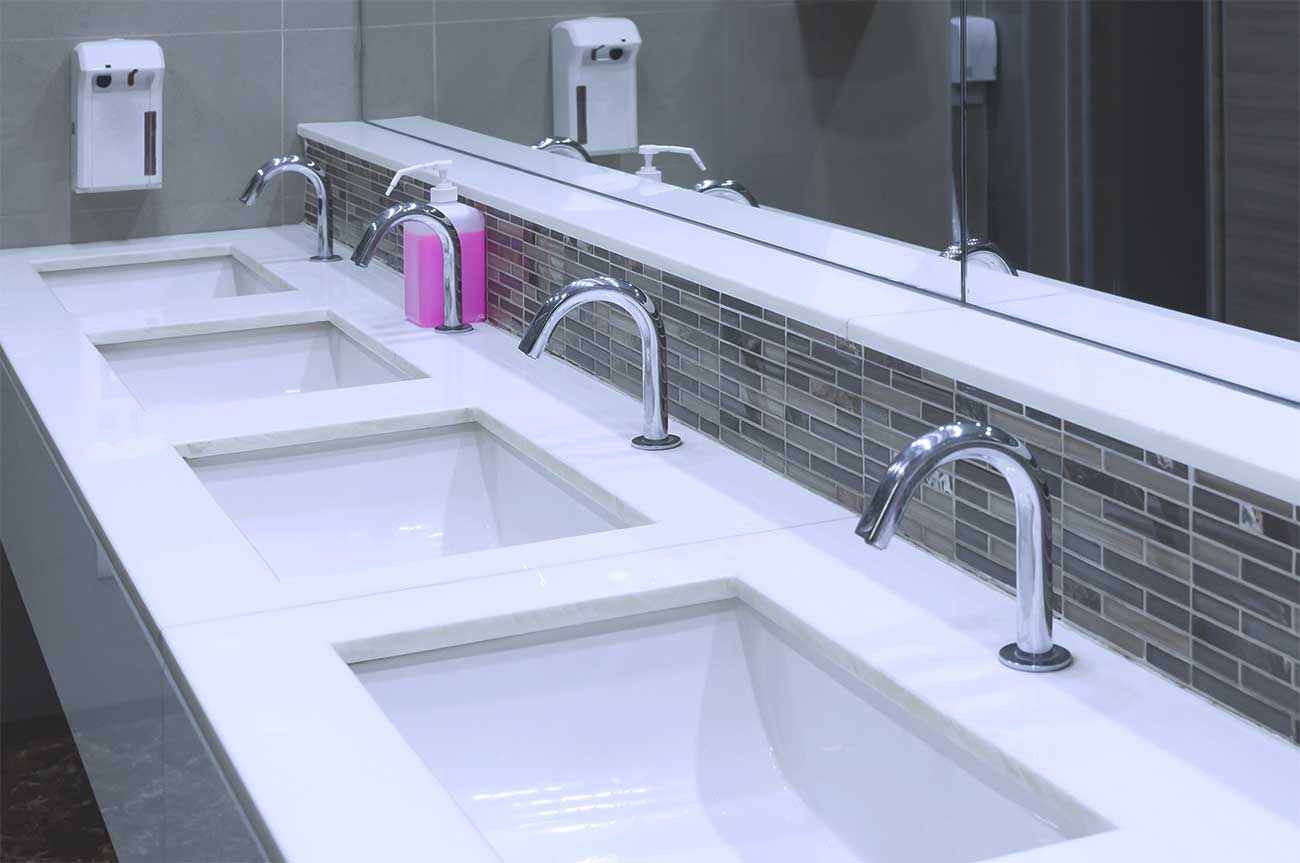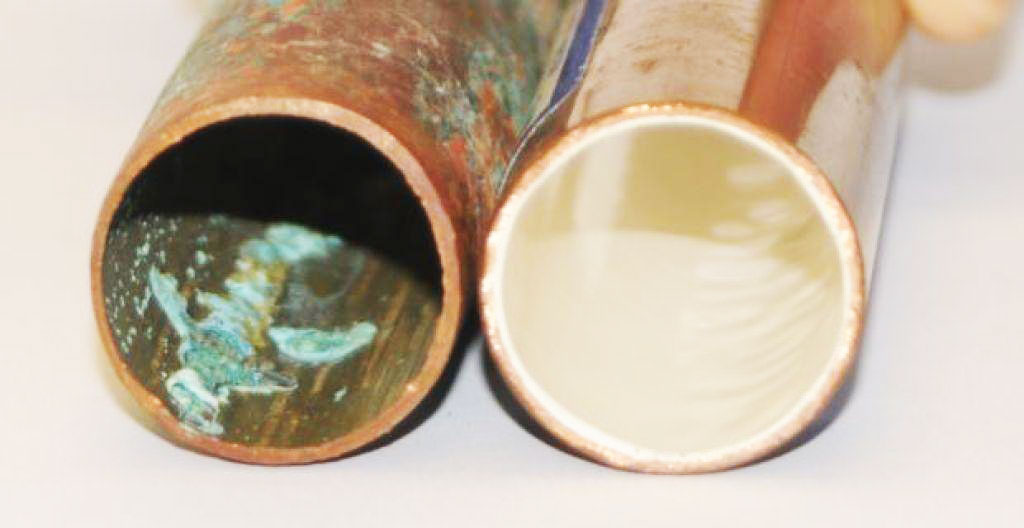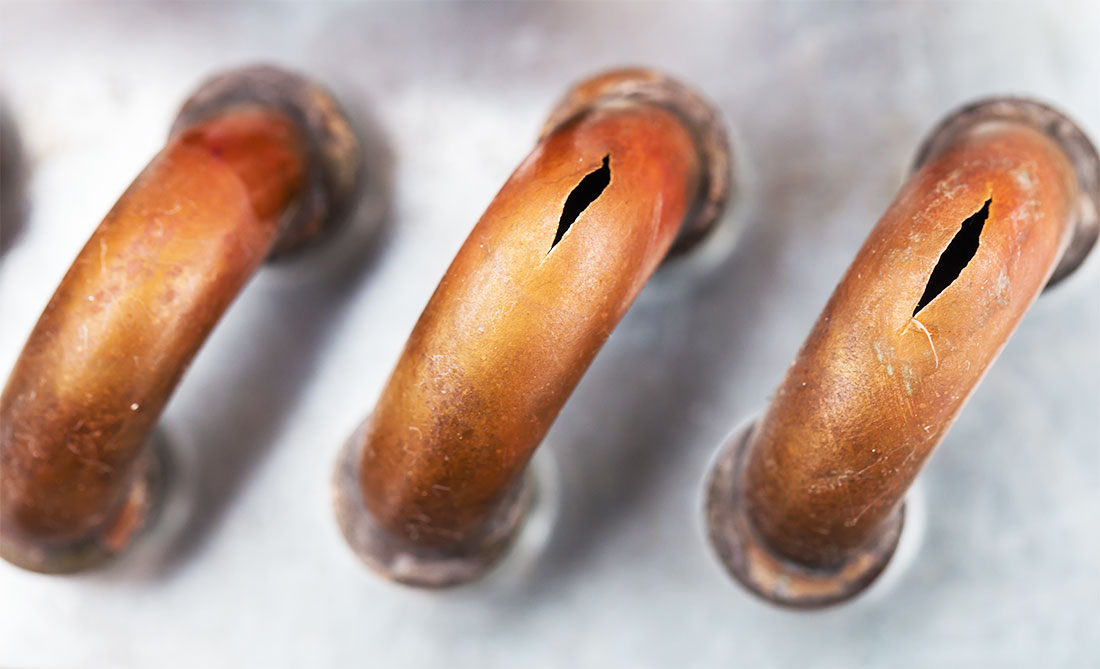Does My Water Heater Use Gas or Electricity?
One of the most common questions that our team receives is, ‘how can I tell if my water heater is using gas or electricity?’. To help, we have put together this article on the differences between gas and electric water heaters to make the process of distinguishing which one you have that much simpler.
The access panel
One of the easiest ways to tell whether your water heater uses gas or electricity is to look at the access panel. If you remove the panel and find a blue flame, then you have a gas water heater. This blue flame is what we call a pilot light, and it’s only used on gas-powered water heaters. Another tell-tale sign of a gas-powered water heater is a series of complex pipes. If your water heater is powered by electricity, you’ll find a much simpler system inside the access panel. This is usually a single cord that runs from the top or the side of the unit.
The vent on top of the heater
If there is a PVC pipe on top of your water heater that is roughly three or four inches long, you have an electrical heater. Electrical systems have a fan and a motor inside, so the PVC pipe helps to release the air generated by this force. What’s more, electrical water heaters don’t have a vent system, unlike their gas alternatives.
Your utility costs
If your utility bills are quite expensive and there’s no reason to suggest their is an issue with your system, such as a leak, it’s likely you have an electric water heater. While electric models are usually cheaper to install than gas water heaters due to their simple installation, gas costs less per MJ in comparison to the amount you’ll pay per kWh in electricity.
Maintenance requirements
The level of maintenance your system requires can also tell you whether or not you have an electrical or gas-powered heater. For example, before any maintenance work can begin, it’s important to turn the power off. To do this on a gas heater, you’ll have to switch off the pilot light (simply rotate the valve in a clockwise direction). Whereas on an electric system, you’ll simply have to locate and flick the power switch.
The paperwork
If you’re still struggling to distinguish which type of water heater you have, take a look at the paperwork. If the previous owner installed the hot water system, they should have provided you with all the relevant documentation when you moved in.
If you’re unsure whether your water heater uses gas or electricity, feel free to contact a member of our team today. We’re more than happy to visit your home to offer advice about your hot water system and we have experience dealing with tankless water heaters, continuous flow water heaters and instantaneous water heaters.










